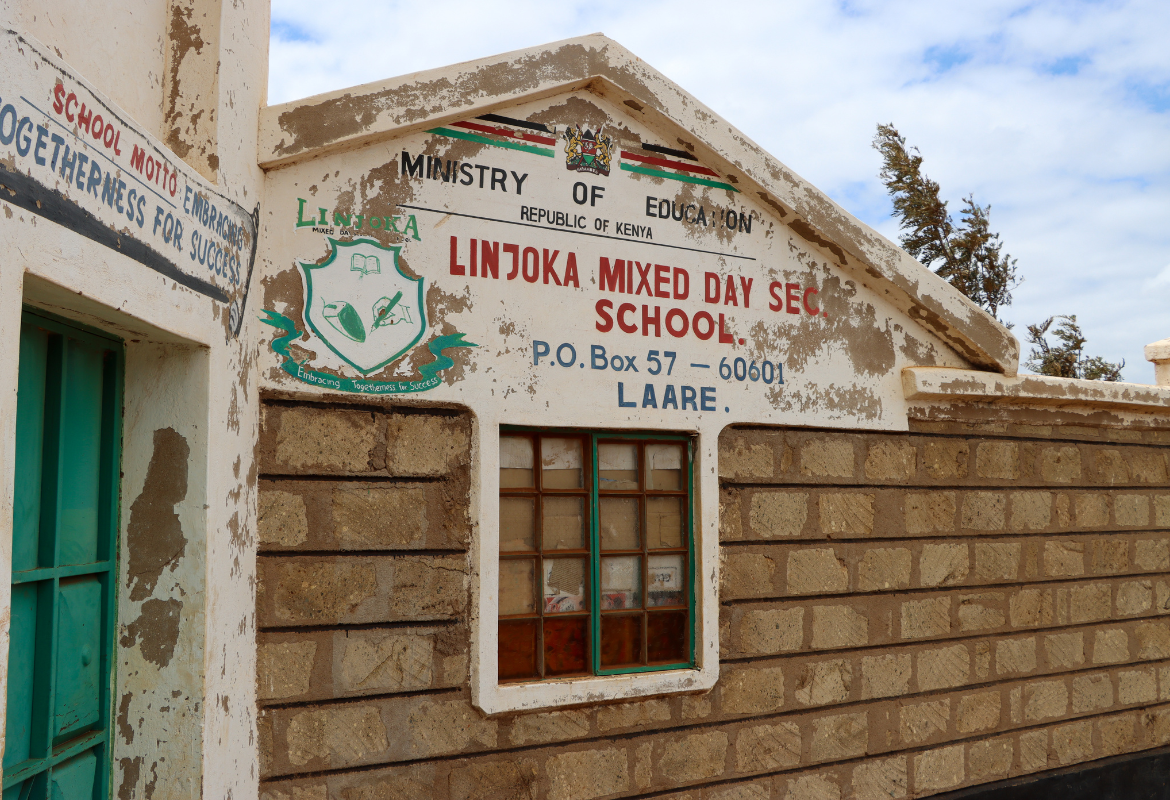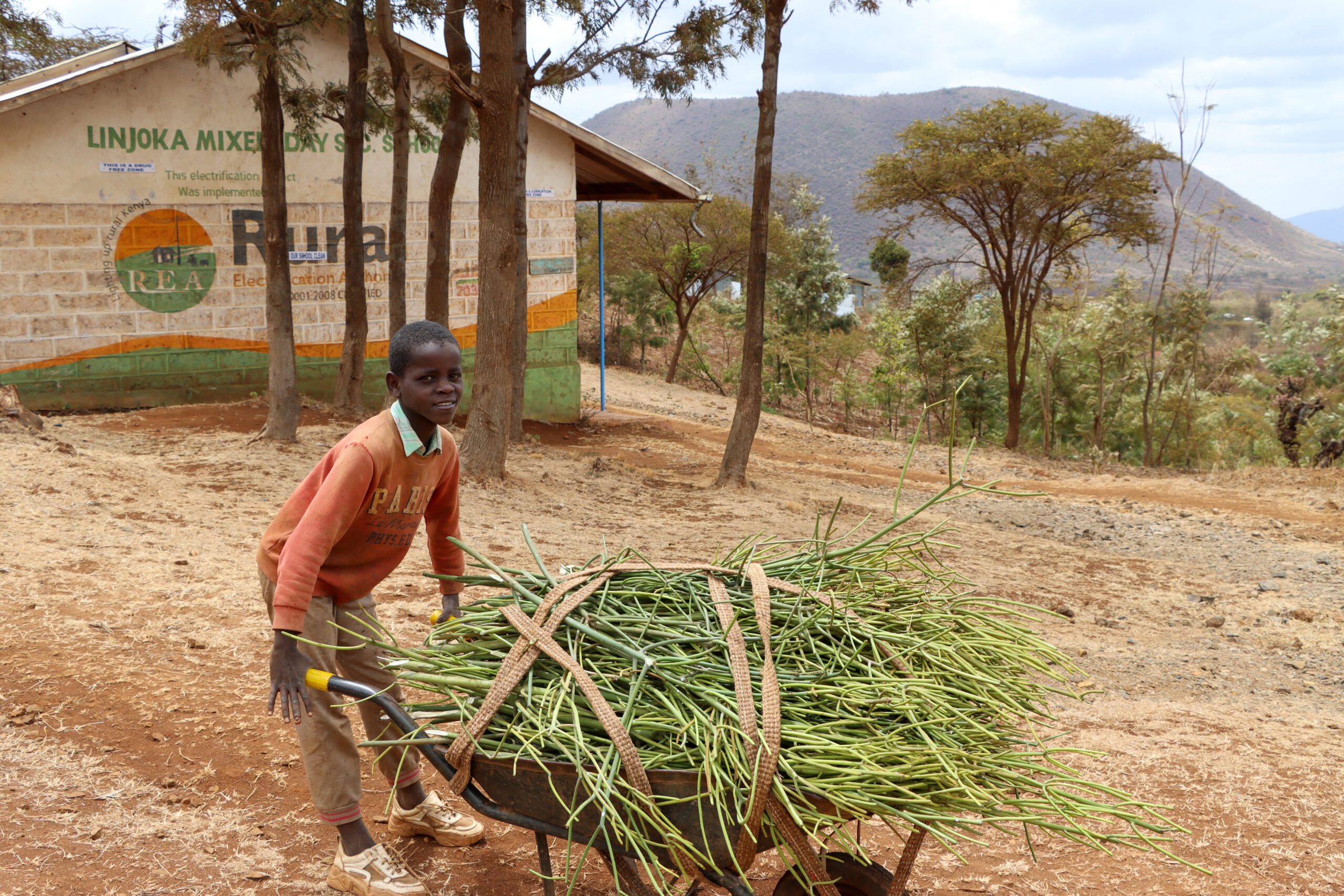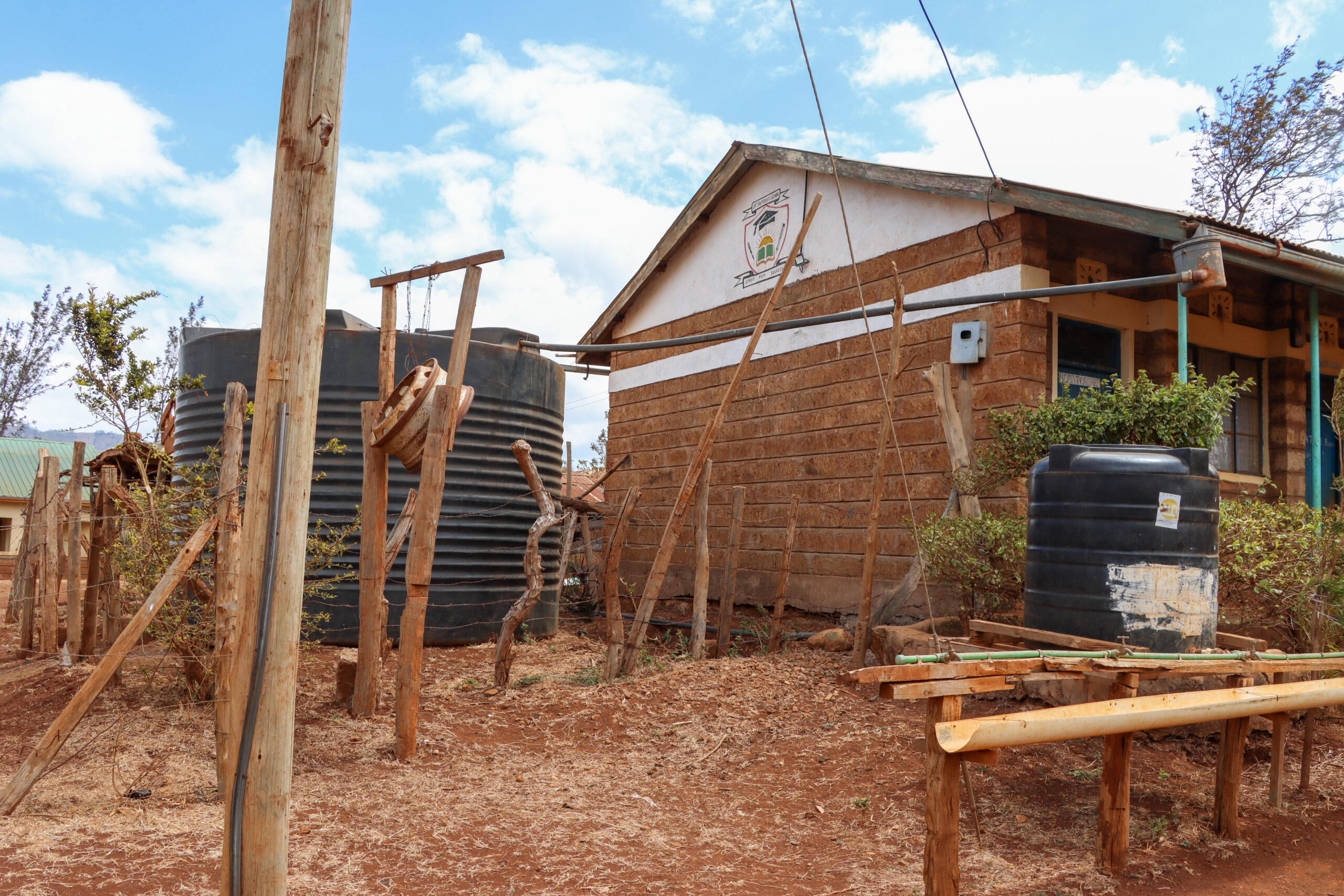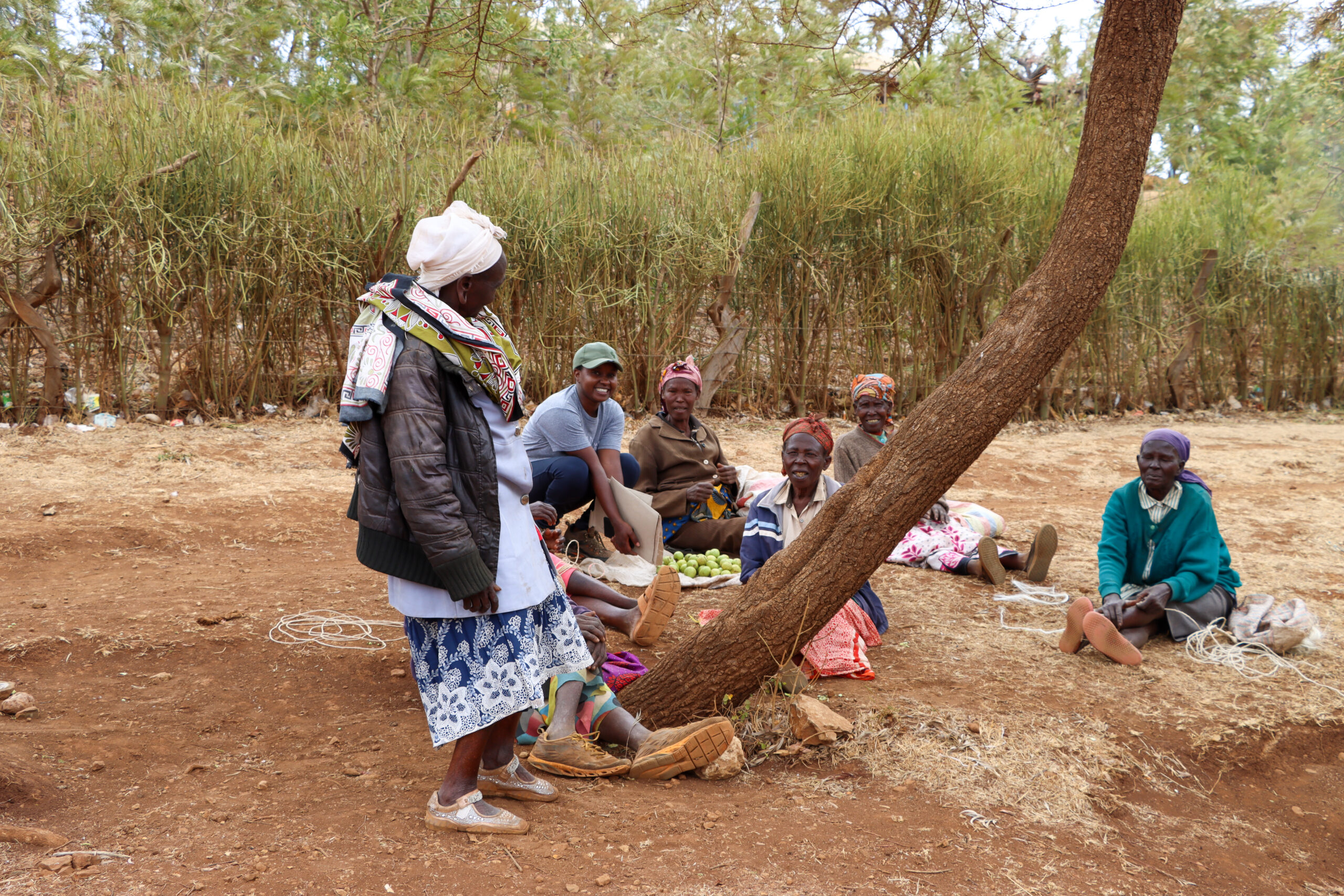April 13, 2023
Combating Drought in Linjoka, Kenya
In central Kenya, the community of Linjoka has had their fair share of water hardships. While there are 16,000 children in Linjoka, only 1,300 students attend the local primary and secondary schools. Where are the other thousands of students? Most likely searching for water.
While there are 16,000 children in Linjoka, only 1,300 students attend the local primary and secondary schools. Where are the other thousands of students? Most likely searching for water.
In the surrounding area, there is a borehole .5 km away, but the water is very salty and the yield is so low that the community members of Linjoka are usually turned away. A little further away, 3km, a borehole that members once walked hours to in order to retrieve water, has quit functioning. A lot of time is spent searching for water and the water they can find is too expensive for anyone in the community to buy and is usually not even clean. The community’s short term solution was to collect rainwater, but with just a few gutters, minimal storage, and no water treatment, Linjoka is in need of a more reliable long-term solution.
These hardships have especially affected the children of the community. Because both Linjoka Primary and Secondary School run on rainwater and lack sufficient storage to manage dry periods, when there is a drought students aren’t able to drink water and are limited on the food they can eat for lunch. Each school has multiple latrines, but students and teachers cannot wash their hands without clean water, causing disease rates to skyrocket. Scurvy, diarrhea, and hypertension are illnesses that can be found throughout the school and entire community, making health one of their biggest challenges.
Lack of clean water has also been detrimental to their main crops- maize and beans- and their livestock- cattle, goats, and sheep. This has resulted in loss of income and nutrition for the community.
These hardships that Linjoka has been experiencing this year will begin to change in May. We will be implementing a new rainwater system in multiple areas of the community that will be completed in phases, with our first phase focusing on Linjoka Primary School. We will begin by re-roofing, guttering all the classroom blocks, and providing ample storage that will get them through the drought seasons. We will also provide UV filtration/purification systems ensuring they are drinking clean water. This new, reliable clean water system will enable students to spend more time in class, and we expect to see the overall student population and enrollment increase. This water source will also allow agriculture to thrive and water-borne diseases to decrease, and Linjoka will be able to grow into a stronger, thriving community. We can’t wait to see the Ripple Effect of impact.



